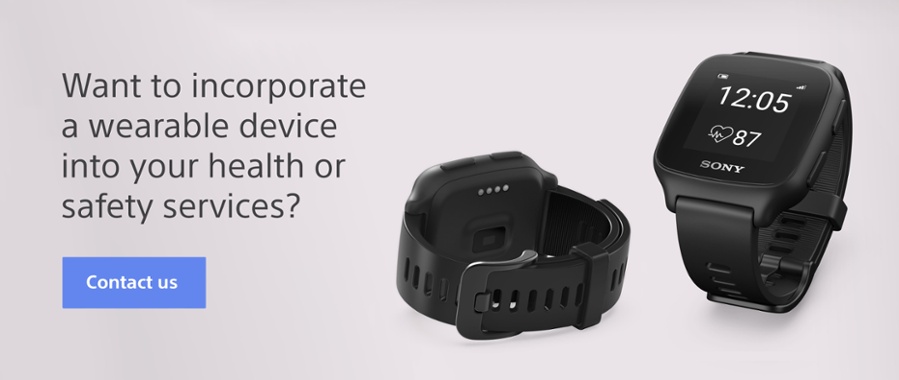Usability is key
Usability is a powerful, essential factor in the success of healthcare wearables. Usability means a user experience that brings satisfaction, efficiency and effortlessness. And that’s why usability is key to making healthcare wearable accessible to everyone. Below, discover the features of mSafety that delivers a user experience that is hassle-free and enjoyable.
Usability will elevate wearables to the mainstream
Usable devices require little to no effort from the user. An intuitive, low-effort experience makes patients inclined to use the device, which provides better care results. It means the device is accessible to a broad population – no matter the level of digital literacy. For care providers, a usable device greatly simplifies the instruction and onboarding of users.
What makes mSafety devices so usable?
When the mSafety team designed the wearable, they considered usability from the start. This has led to key features that make a service on mSafety maximally usable. For starters, mSafety devices are standalone, meaning that they work without pairing to a smartphone or companion device. This is thanks to powerful LTE-M connectivity. As a result, users don’t have to worry about secondary devices in their care – they just have to wear the device.
Another key element of mSafety is that the devices fit any level of digital literacy and a wide range of demographics and abilities. The devices feature a combination of buttons and touchscreen functionality and easy-to-read black-and-white screens. mSafety also simplifies connection with external sensors, so that service providers can create automatic connectivity for additional functionality relevant to the service users.
In addition, we’ve considered that usability means something different for care providers or clinical trial managers. Providing a service with mSafety is so much simpler because the devices are re-usable and re-configurable. A care home can pass mSafety wearables from one user to another, and care providers can easily install a different application remotely for each person. In health research, re-usable and configurable wearables can optimize clinical trials, saving costs while ensuring efficient data collection.
The impact of mSafety usability
With a service on mSafety devices, onboarding users is as easy as possible. Your application is pre-installed, so that the devices work out of the box. Once switched on, they connect with the service provider’s backend and start sending data. All you have to do is instruct the user to wear the device on their wrist.
Two-way communication means alerts can travel both ways. And since the devices are effortless to understand and operate – no matter the level of digital literacy – any individual can seamlessly integrate wearables into their daily lives. They are truly accessible wearables that require little to no user effort, all the while seamlessly delivering essential health insights.
